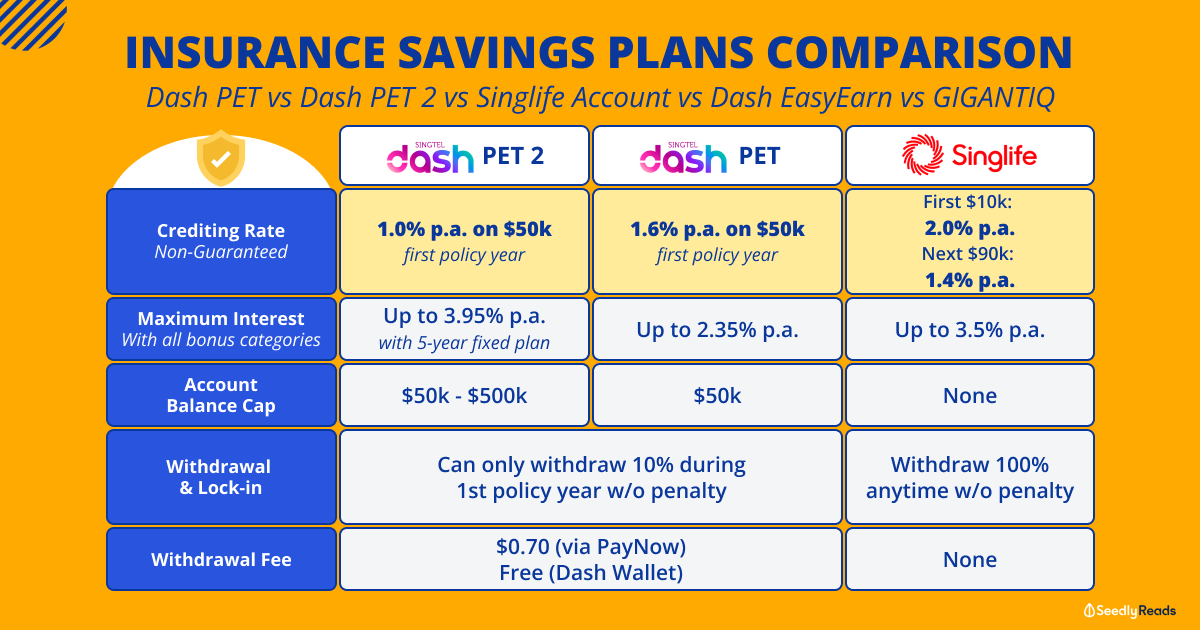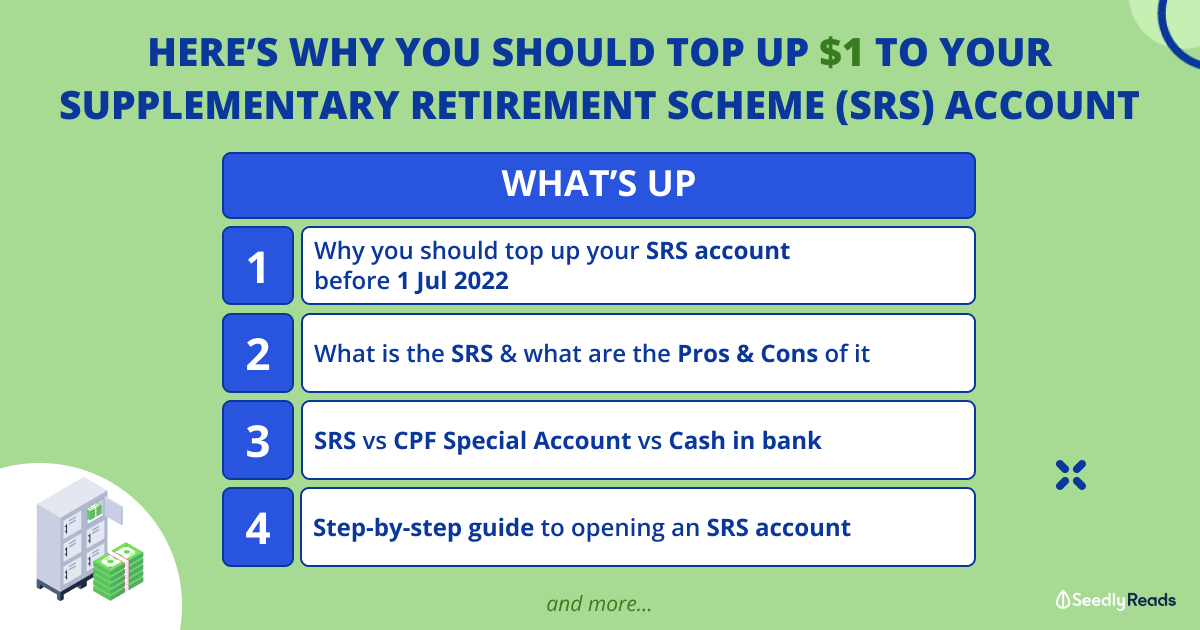Know Your Policies
Firstly, one of the most important things to do is to have a complete understanding of your existing insurance portfolio. Through this process, it allows us to understand the coverage that we have, any financial gap, as well as to find out whether we are overpaying for our insurance policies. I have highlighted the rest of the reasons here: https://www.blog.pzl.sg/why-every-client-needs-...
Plan Your Future
Next, you need to know what you want for your future and how you can plan it such that you can live your life with confidence. To do so, we need to have a complete understanding on our cashflow. Through this process, we will understand our earning ability and spending habit. Here is a guide to help you: https://www.blog.pzl.sg/understanding-your-pers...
As a general rule:
10% to 20% of your annual income on healthcare insurance and life insurance
Basic Life Cover = 10 times your annual income
Critical Illness Coverage = 5 times your annual income
Policy Review
Now that we have a comprehensive insurance portfolio summary and a guide on how much life insurance cover you need, it is time to scrutinise the investment-linked policy.
Find out the premium allocation for the policy and determine the cost of insurance, investment allocation, performance of the fund, as well as the fees paid to the fund.
In general, there exists investment-linked policy sub-funds that are worth a look despite its charges. At the end of the day, it is the net return that matters.
Are You able to DIY?
While it is good to either do DIY investing or invest your money through professional guidance from global investment firms like Mercer, and BlackRock, the returns are always non-guaranteed. As a result, the question is,
"How confident are you to always live with non-guaranteed returns regardless of health?"
For instance, I may be down with a serious medical condition and requires full time and attention to focus on recovery. As a result, will I have the ability to continue monitoring my investment? Will dividend continue to be paid to me?
If not, then how are you going to continue to pay for your insurance policy? In such cases, premium holiday from your investment-linked policy comes in as a handy feature.
How to DIY?
Having mentioned that, it is not impossible to invest on your own. For the most part, you need to have the time, effort, knowledge, skills, and experience to ensure that you have a well-diversified portfolio that you can entrust your future onto.
This is also the time when you should sit down and spend quality time on your own to conduct comprehensive financial planning. Alternatively, you may speak with an experienced professional who is capable to guide you through the process.
So how?
All in all, have a detailed look at your existing policies first. Next, plan how you want your future to be like; and how disciplined are you to stick to the plan that you have made for yourself. Then evaluate how your existing insurance policies fit into your plan. All things considered, the policies should fit into your future, and not vice versa. When in doubt, consult a professional second opinion.
Here is everything about me and what I do best.








Know Your Policies
Firstly, one of the most important things to do is to have a complete understanding of your existing insurance portfolio. Through this process, it allows us to understand the coverage that we have, any financial gap, as well as to find out whether we are overpaying for our insurance policies. I have highlighted the rest of the reasons here: https://www.blog.pzl.sg/why-every-client-needs-...
Plan Your Future
Next, you need to know what you want for your future and how you can plan it such that you can live your life with confidence. To do so, we need to have a complete understanding on our cashflow. Through this process, we will understand our earning ability and spending habit. Here is a guide to help you: https://www.blog.pzl.sg/understanding-your-pers...
As a general rule:
10% to 20% of your annual income on healthcare insurance and life insurance
Basic Life Cover = 10 times your annual income
Critical Illness Coverage = 5 times your annual income
Policy Review
Now that we have a comprehensive insurance portfolio summary and a guide on how much life insurance cover you need, it is time to scrutinise the investment-linked policy.
Find out the premium allocation for the policy and determine the cost of insurance, investment allocation, performance of the fund, as well as the fees paid to the fund.
In general, there exists investment-linked policy sub-funds that are worth a look despite its charges. At the end of the day, it is the net return that matters.
Are You able to DIY?
While it is good to either do DIY investing or invest your money through professional guidance from global investment firms like Mercer, and BlackRock, the returns are always non-guaranteed. As a result, the question is,
"How confident are you to always live with non-guaranteed returns regardless of health?"
For instance, I may be down with a serious medical condition and requires full time and attention to focus on recovery. As a result, will I have the ability to continue monitoring my investment? Will dividend continue to be paid to me?
If not, then how are you going to continue to pay for your insurance policy? In such cases, premium holiday from your investment-linked policy comes in as a handy feature.
How to DIY?
Having mentioned that, it is not impossible to invest on your own. For the most part, you need to have the time, effort, knowledge, skills, and experience to ensure that you have a well-diversified portfolio that you can entrust your future onto.
This is also the time when you should sit down and spend quality time on your own to conduct comprehensive financial planning. Alternatively, you may speak with an experienced professional who is capable to guide you through the process.
So how?
All in all, have a detailed look at your existing policies first. Next, plan how you want your future to be like; and how disciplined are you to stick to the plan that you have made for yourself. Then evaluate how your existing insurance policies fit into your plan. All things considered, the policies should fit into your future, and not vice versa. When in doubt, consult a professional second opinion.
Here is everything about me and what I do best.